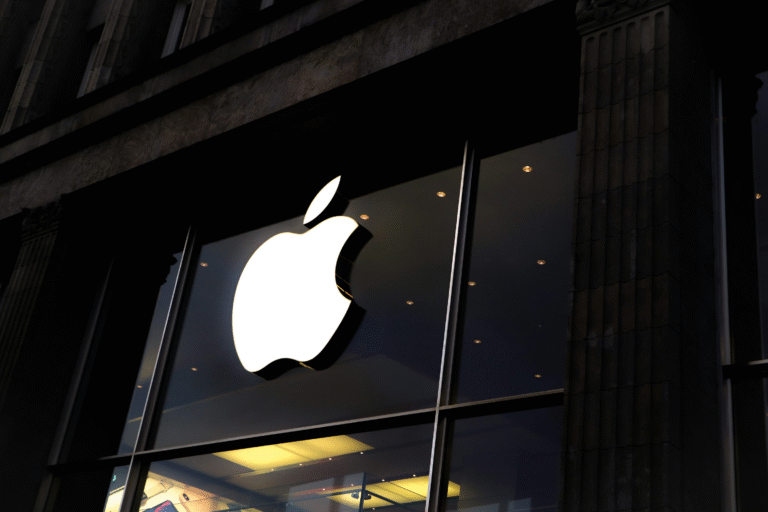In an exciting moment for space exploration, a team of six women, including famous singer Katy Perry, journalist Gayle King, and Jeff Bezos’ fiancée Lauren Sánchez, successfully flew to the edge of space and returned safely. This historic mission, organized by Blue Origin—the space company founded by Bezos—marked the 11th time humans have flown with the company. What made this journey special was that it was an all-female crew, a rare and inspiring event in space history.
The Journey to Space
The rocket, named New Shepard, took off from West Texas early in the morning. The flight lasted only about 10 minutes, but it was packed with excitement. The crew traveled more than 100 kilometers above Earth, crossing the Kármán line—the official boundary of space. For a few minutes, they experienced the magical feeling of weightlessness, floating inside the capsule as they looked down at our planet.
This mission was especially meaningful because it was the first all-women spaceflight since 1963, when Valentina Tereshkova became the first woman to go to space. Blue Origin has flown many famous people before, including Star Trek actor William Shatner, but this was the first time an entire crew was made up of women.
Meet the Inspiring Crew
The six women on board were not just passengers—each had a unique story and a reason for joining this journey:
- Katy Perry – The pop superstar, known for hits like Firework and E.T., has always been fascinated by space. She said this trip was about encouraging young girls to dream big.
- Gayle King – A well-known TV journalist who wanted to experience space firsthand and share the story with the world.
- Lauren Sánchez – An aviation expert and fiancée of Jeff Bezos, who has been a strong supporter of space exploration.
- Aisha Bowe – A former NASA rocket scientist who proved that women belong in STEM (Science, Technology, Engineering, and Math).
- Amanda Nguyen – A civil rights activist who fights for equality and justice.
- Kerianne Flynn – A film producer who believes in the power of storytelling to inspire change.
Each woman brought something special to the mission, making it more than just a spaceflight—it was a celebration of women’s achievements.
Katy Perry’s Space Dream
Before the flight, Katy Perry shared her excitement and preparation for the journey. She had been reading books by famous scientist Carl Sagan and learning about astrophysics. “We’re all made of stardust,” she said, showing her deep love for space.
As a mother, she also wanted to set an example for her daughter, Daisy. “Being a mom makes you want to show your child that they can do anything,” Perry explained. She hoped this mission would inspire young girls to believe in themselves and break barriers.
Why This Mission Matters
Space travel has mostly been dominated by men, but this flight proved that women are just as capable. Blue Origin designed a special mission patch (a badge worn by astronauts) that represented each woman’s contributions. The company called it a “historic moment” for women in space.
The success of this flight also shows how private companies like Blue Origin are making space more accessible. In the past, only government astronauts could go to space, but now, more people—including artists, journalists, and scientists—have the chance to experience it.
What’s Next for Space Travel?
Blue Origin plans to continue its missions, offering more people the chance to see Earth from space. Other companies, like SpaceX and Virgin Galactic, are also working on similar projects. With more flights like this, space tourism (regular people traveling to space) could become a reality in the future.
For now, this all-female mission will be remembered as a big step forward. It showed the world that no dream is too big—whether it’s singing on stage or flying among the stars.
The safe return of Blue Origin’s all-female crew was a moment of pride not just for the US but for everyone who believes in equality and exploration. Katy Perry and her team proved that with courage and determination, anything is possible. As more women and diverse groups reach for the stars, the future of space travel looks brighter than ever.
Who knows? Maybe one day, space will be a place where everyone—regardless of gender, background, or profession—can go and see the beauty of our planet from above. Until then, missions like this keep the dream alive.








